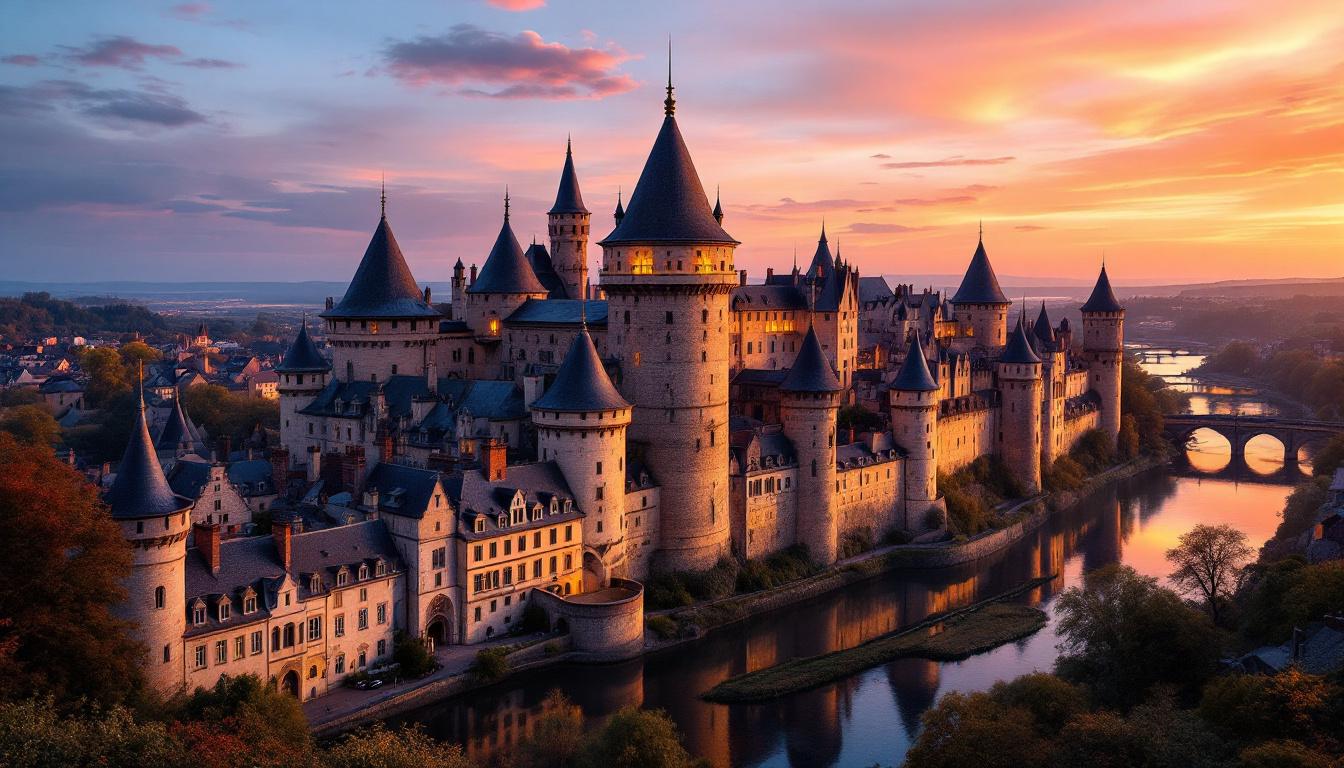France’s medieval fortress city of Carcassonne doesn’t just look like it belongs in a fairy tale—it actually inspired one. The imposing double-walled citadel with 52 towers was the muse for the popular board game bearing its name, but the real-life UNESCO World Heritage site offers far more intrigue than any tabletop adventure could capture.
The fortress that cheated destruction twice
Carcassonne’s ancient citadel has faced obliteration multiple times throughout its 2,500-year history. In 1209, when the fortress was a Cathar stronghold, crusaders laid siege and executed 200 residents who refused to renounce their faith. By the 1800s, the once-mighty fortress had fallen into such disrepair that the French government ordered its demolition—a fate only reversed after passionate protests from local residents.
Architect Eugène Viollet-le-Duc’s controversial 19th-century restoration added the distinctive conical slate rooftops that define Carcassonne’s silhouette today. While purists criticized his romantic interpretation, these fairy-tale towers have become the city’s most recognizable feature.
A tale of two cities divided by one river
Unlike other medieval cities that served as Game of Thrones filming locations, Carcassonne is actually two distinct settlements. La Cité, the fortified upper town, draws most tourists with its imposing ramparts and narrow cobblestone streets. Across the River Aude lies the often-overlooked Bastide Saint-Louis, the “new town” (built in the 13th century) where most locals live.
“Tourists who only visit La Cité miss the authentic Carcassonne,” explains Marie Dubois, a local guide. “In the Bastide, you’ll find our vibrant markets, where the produce sold today comes from farms that have supplied the city for centuries.”
The basilica with the oldest organ in France
Within La Cité’s walls, the Basilica of Saint-Nazaire combines Romanesque and Gothic architectural elements with spectacular rose windows that bathe the interior in colorful light. The church houses one of France’s oldest organs, dating to the 16th century, and still hosts performances that resonate through the ancient stone chambers.
This remarkable preservation of medieval heritage echoes what visitors find in other French villages where centuries-old traditions remain alive.
The hidden chambers beneath the fortress
Beneath Carcassonne’s cobblestone streets lies a network of forgotten passages. The Château Comtal (Count’s Castle) within the citadel contains underground chambers where, according to local legend, untold Cathar treasures remain hidden from the crusaders who sought to eliminate their faith.
“There are sections of Carcassonne that have remained unexplored for centuries,” reveals historian Jean Belmont. “Every few years, archaeological work uncovers new chambers that add pieces to the puzzle of this remarkable fortress.”
When to visit: follow the locals’ calendar
While summer brings medieval festivals and the spectacular Bastille Day fireworks display over La Cité, local residents recommend visiting in May or September. The weather remains pleasant, the crowds thin considerably, and the light casts a golden glow over the limestone walls that photographers cherish.
Unlike some ancient sites that still offer respite from overwhelming tourism, Carcassonne in July and August can feel as congested as its medieval streets were designed to be during sieges.
Beyond the walls: vineyards and boat journeys
The countryside surrounding Carcassonne offers vineyard tours producing robust Languedoc wines. The nearby Canal du Midi, another UNESCO World Heritage site, provides a peaceful counterpoint to the fortress with boat cruises through landscapes that have changed little since the canal’s 17th-century construction.
Much like France’s hidden cliff villages, the areas surrounding Carcassonne reward travelers willing to venture beyond the main attraction.
Standing on Carcassonne’s ancient ramparts at sunset, watching the limestone walls turn gold in the fading light while the modern world continues in the valley below, creates a singular moment where past and present converge. Unlike abandoned wonders reclaimed by nature, Carcassonne remains vibrantly alive—a medieval masterpiece that continues to write its story in the 21st century.
